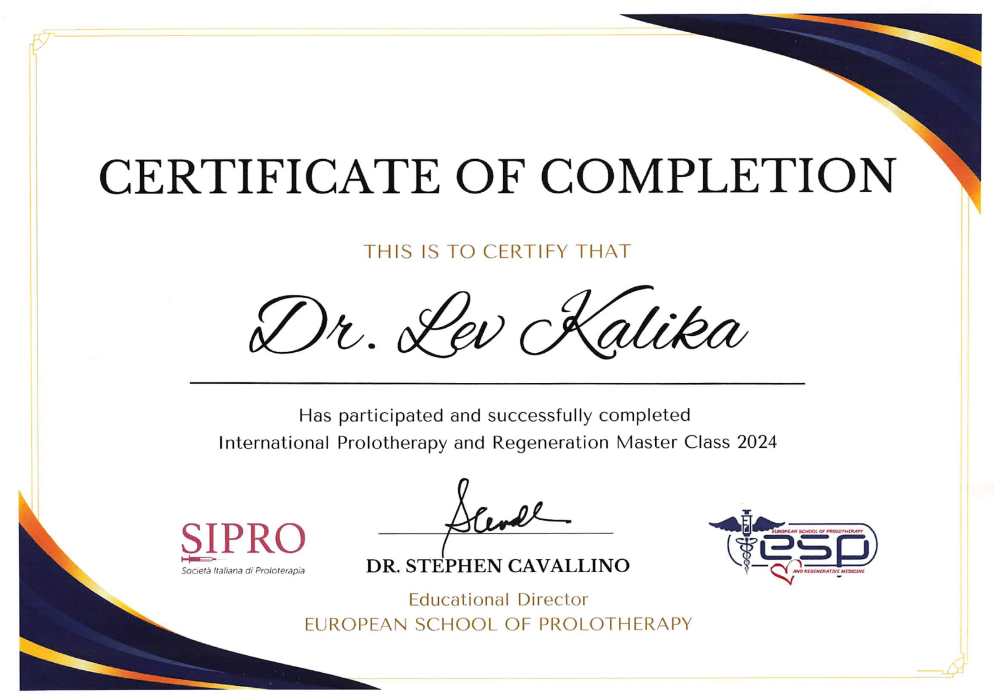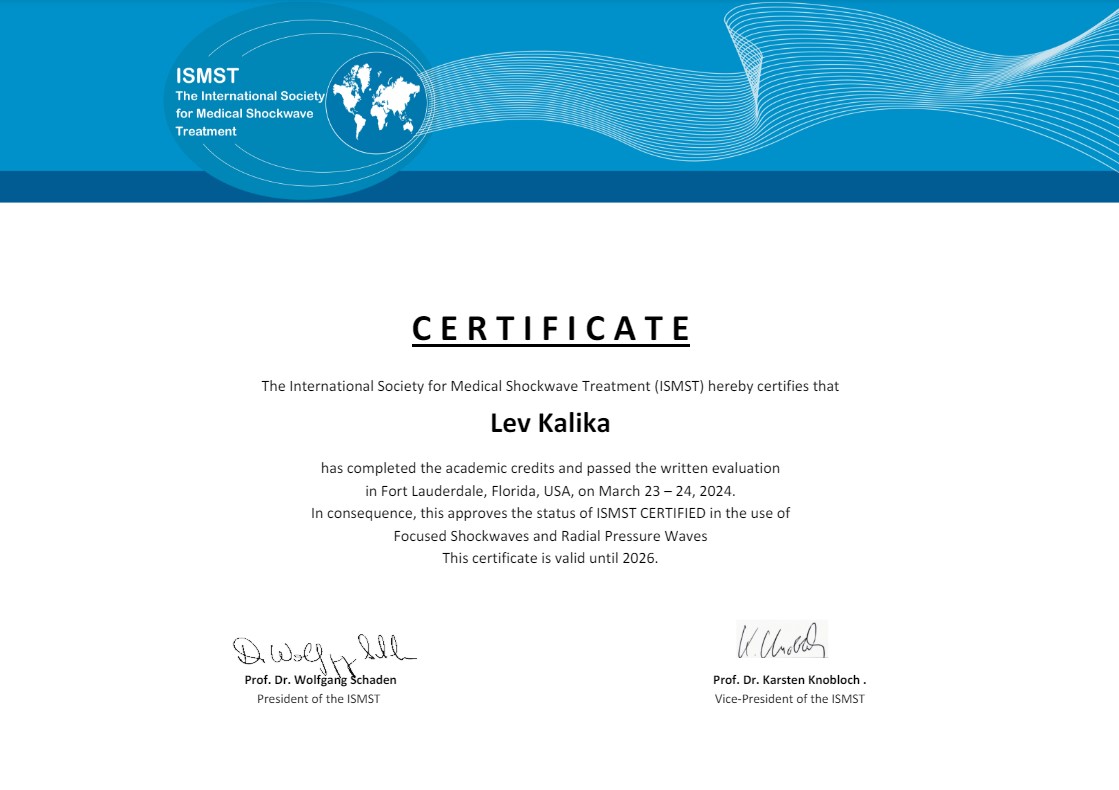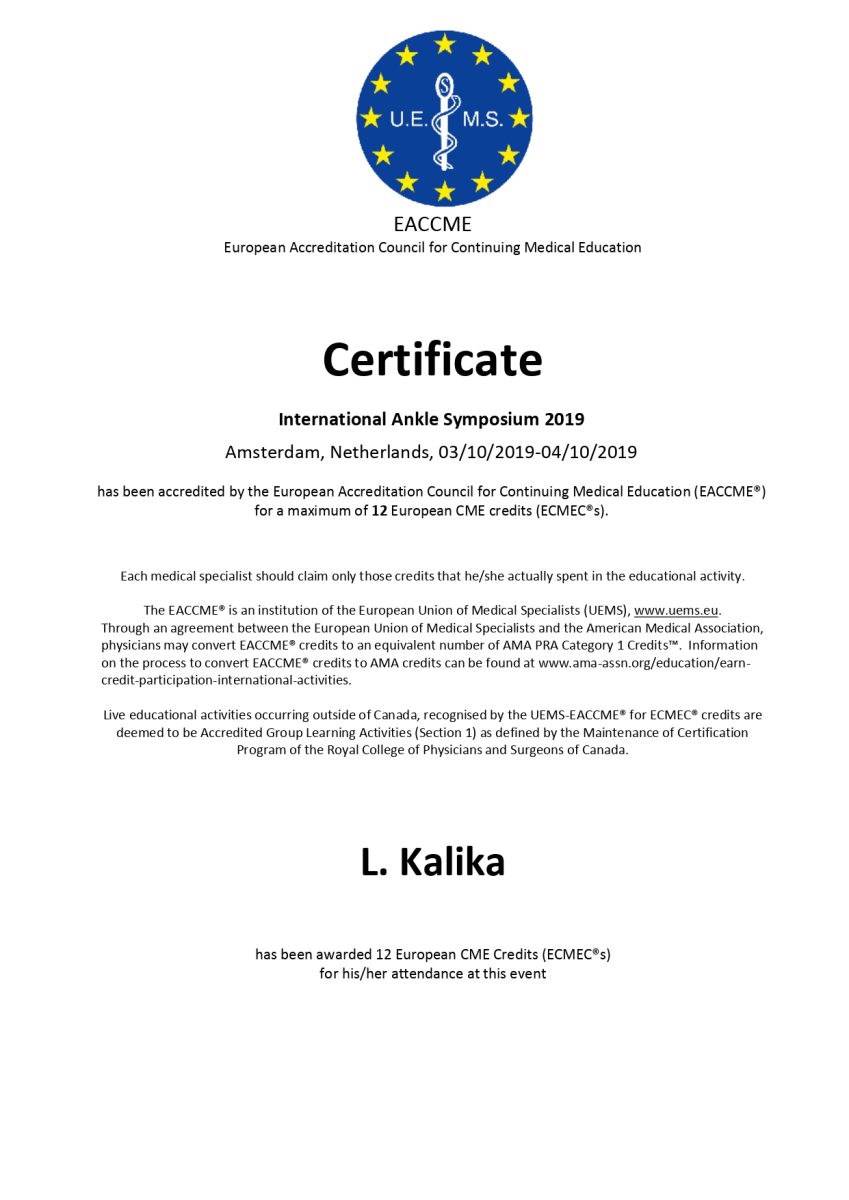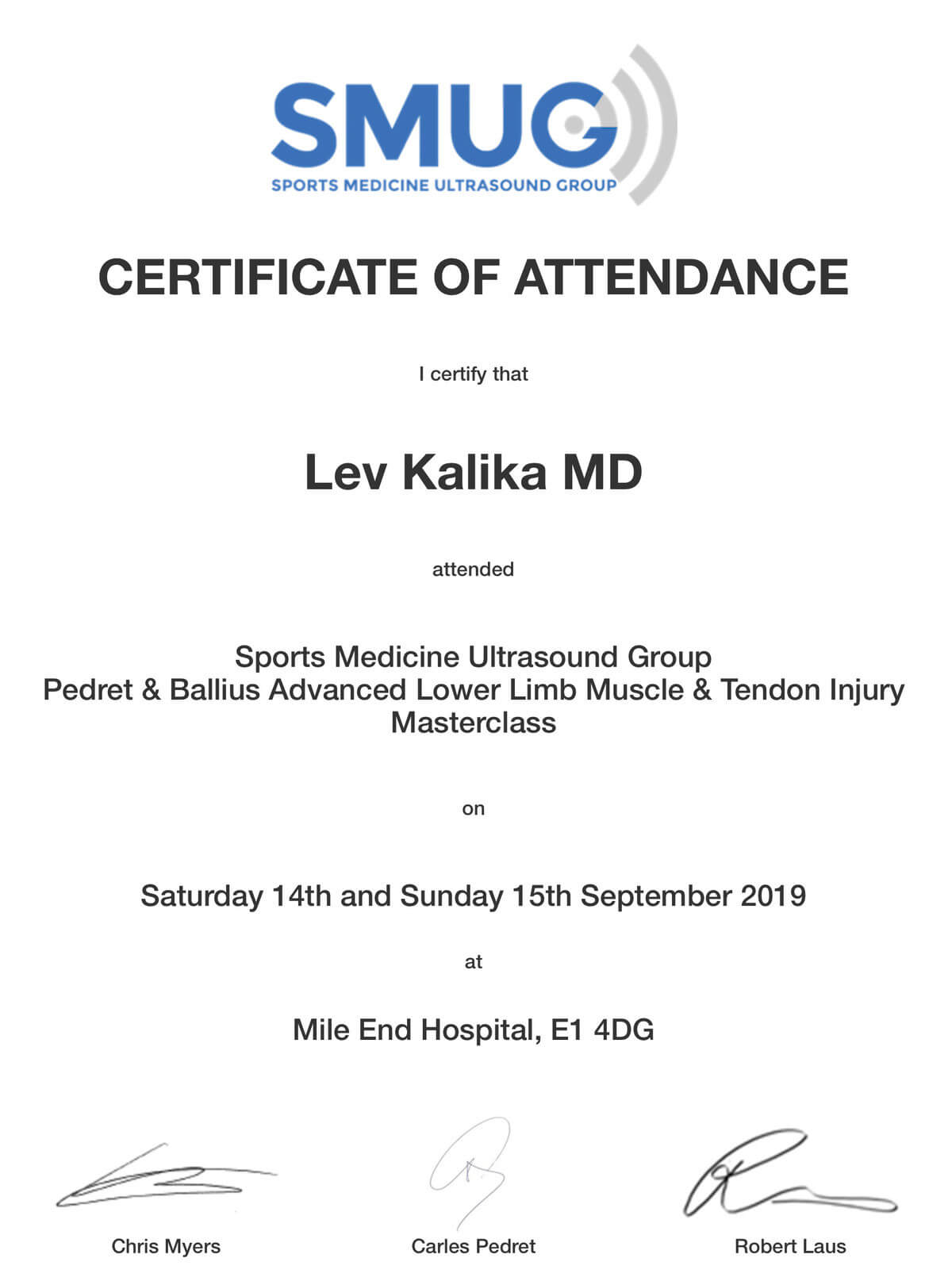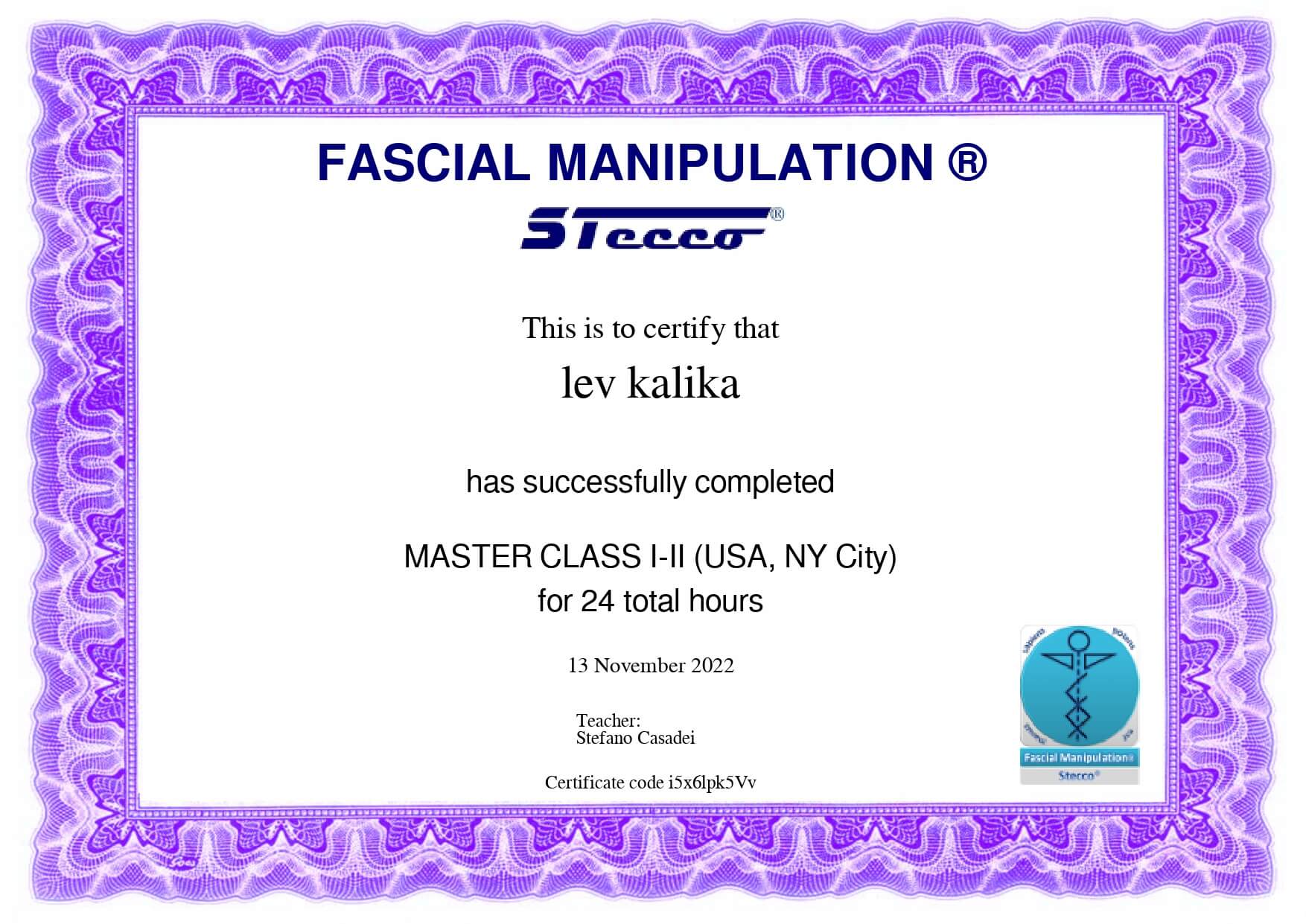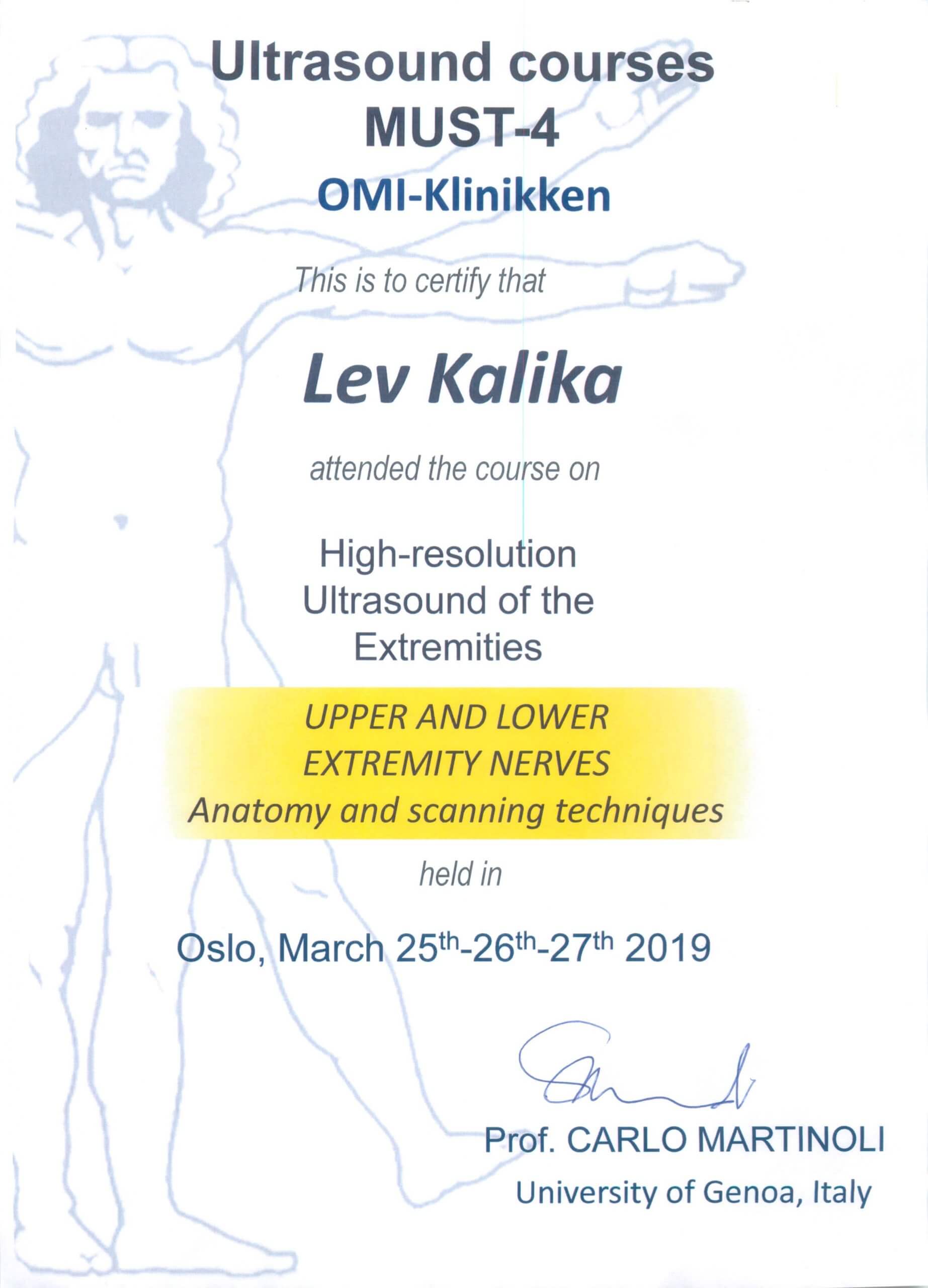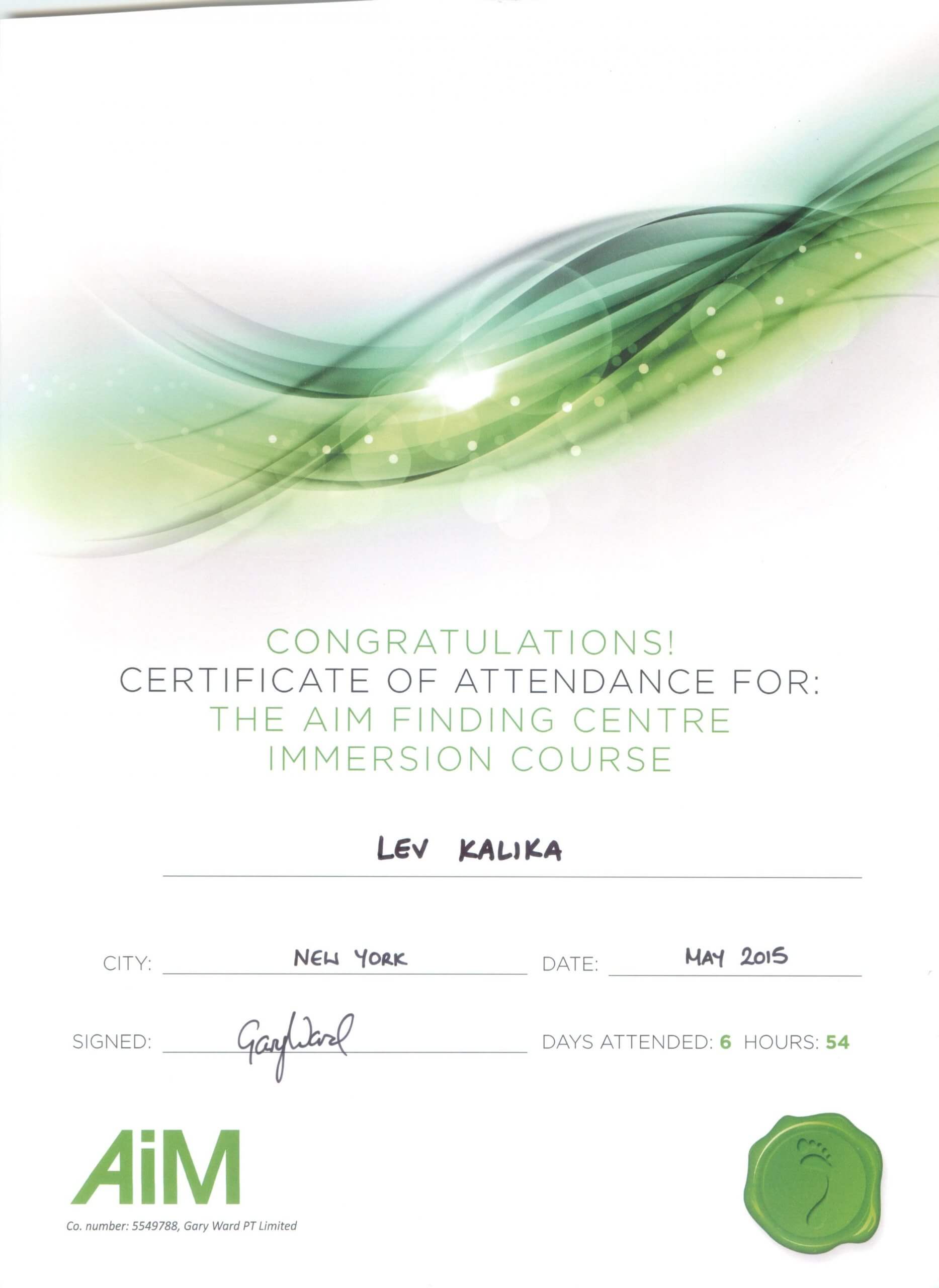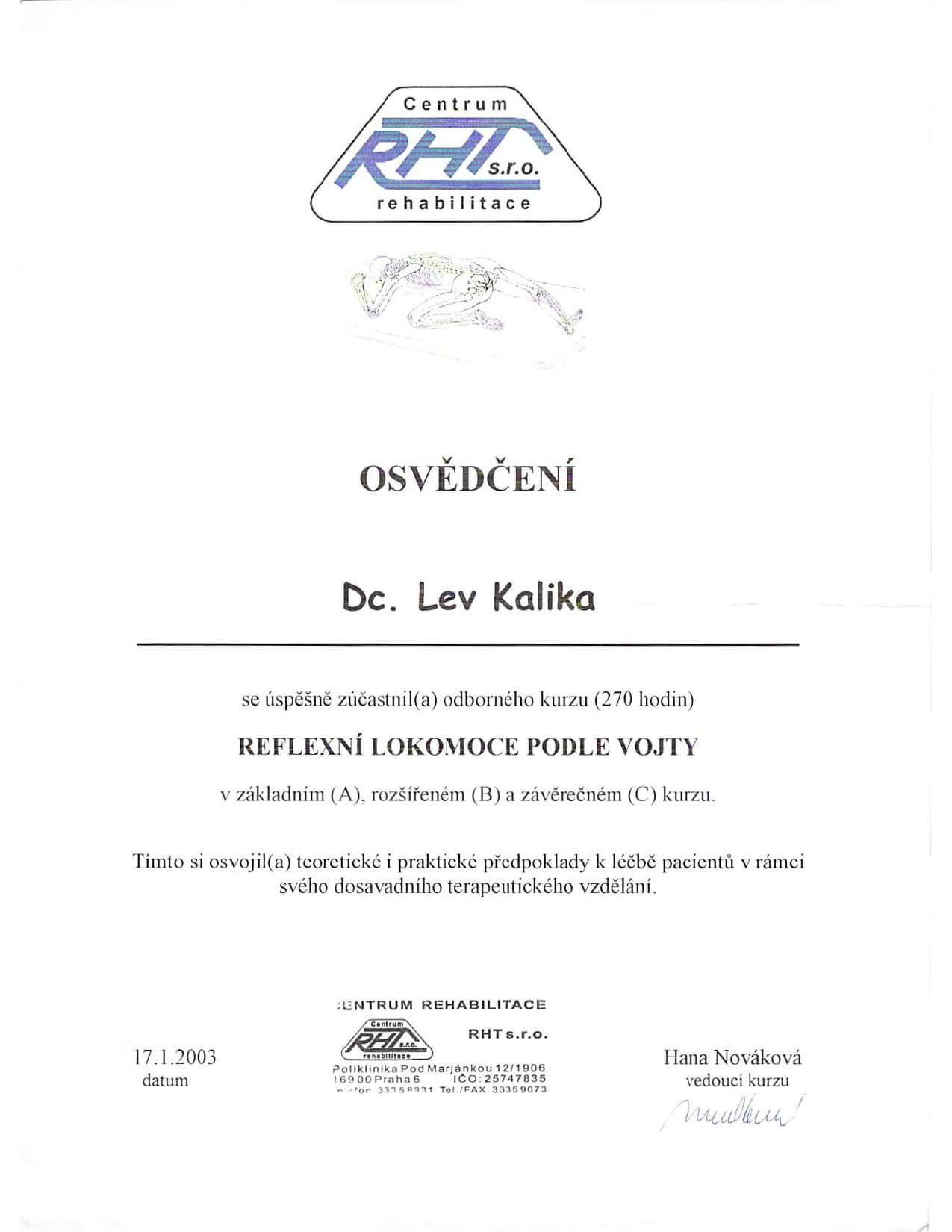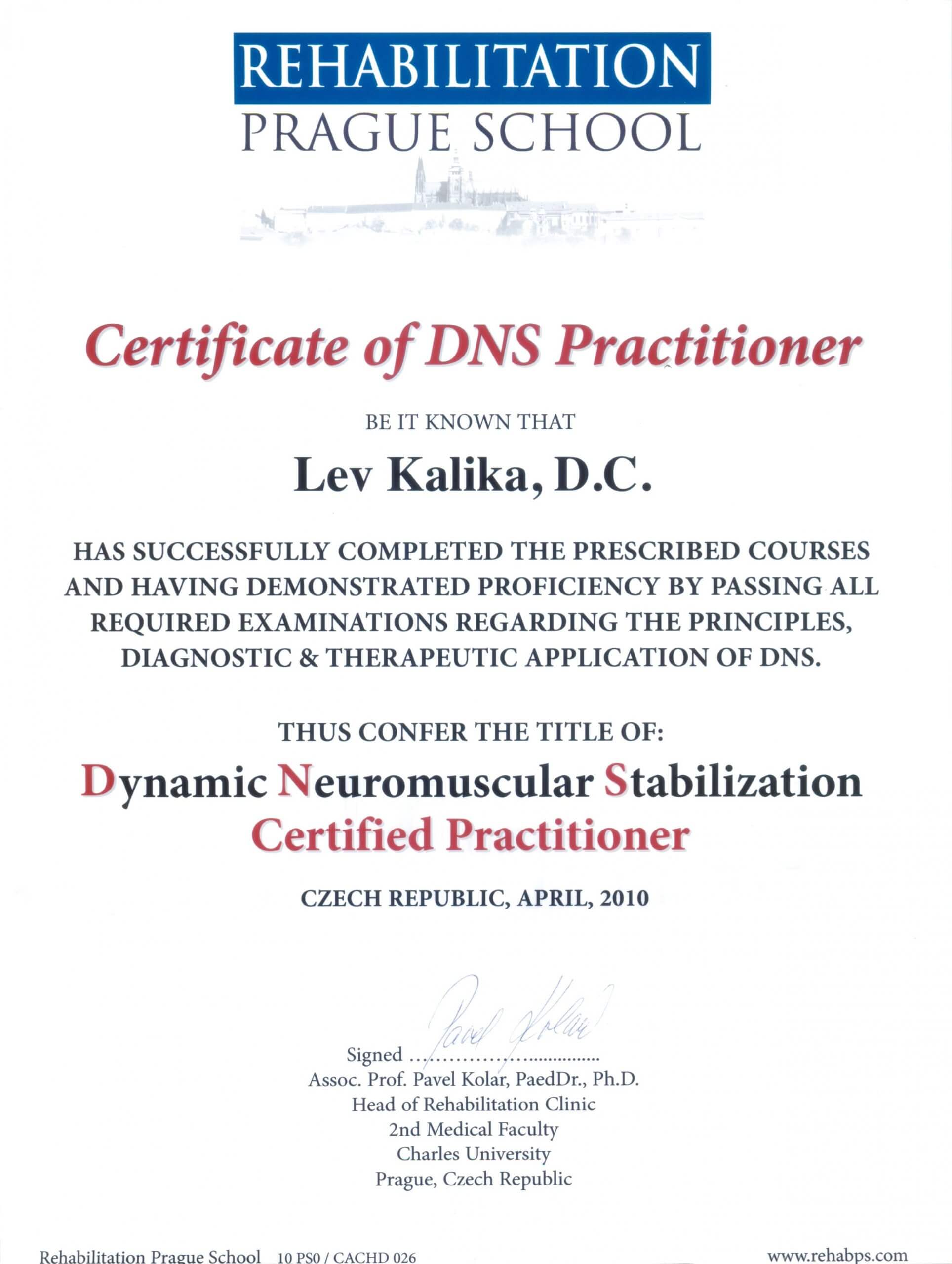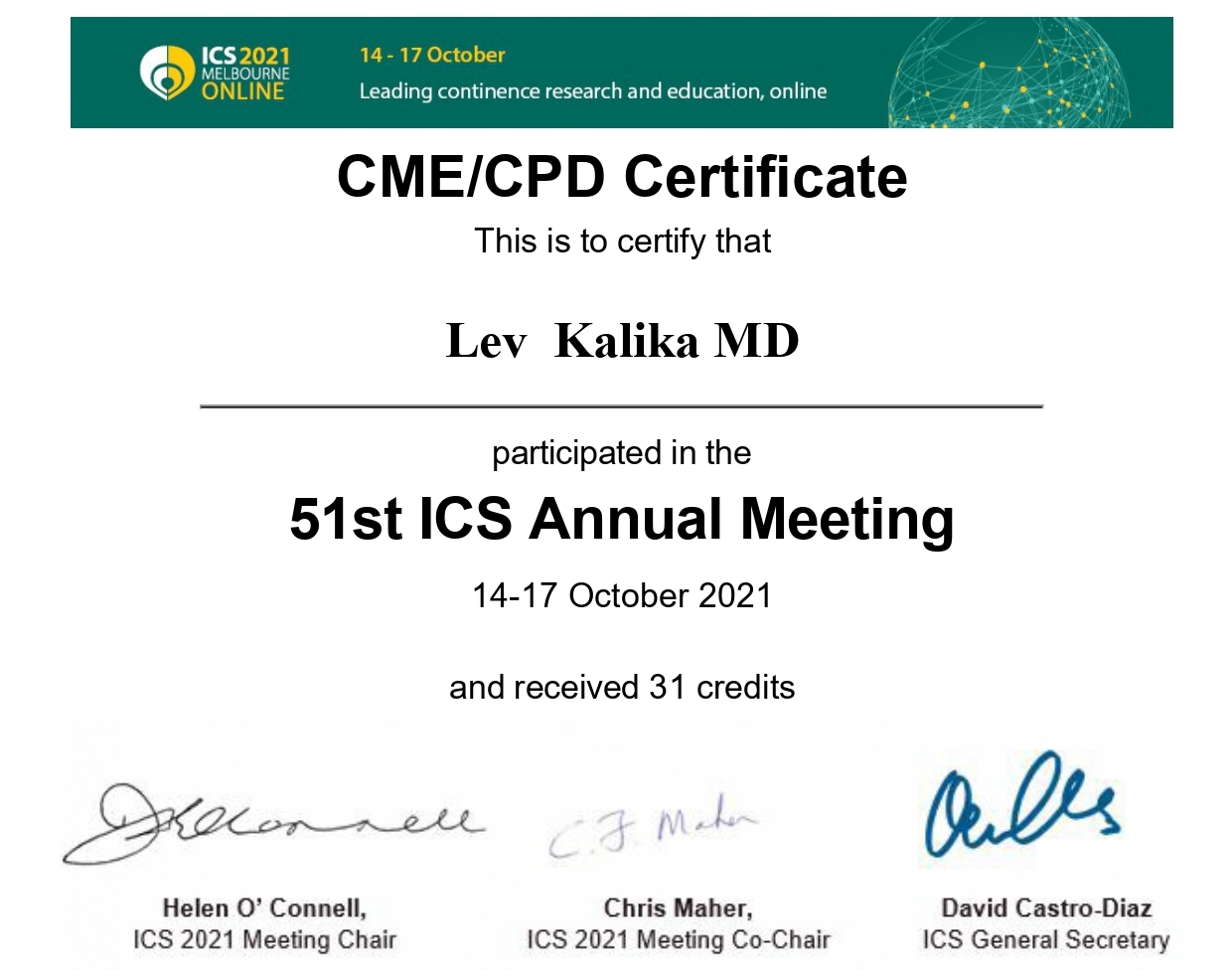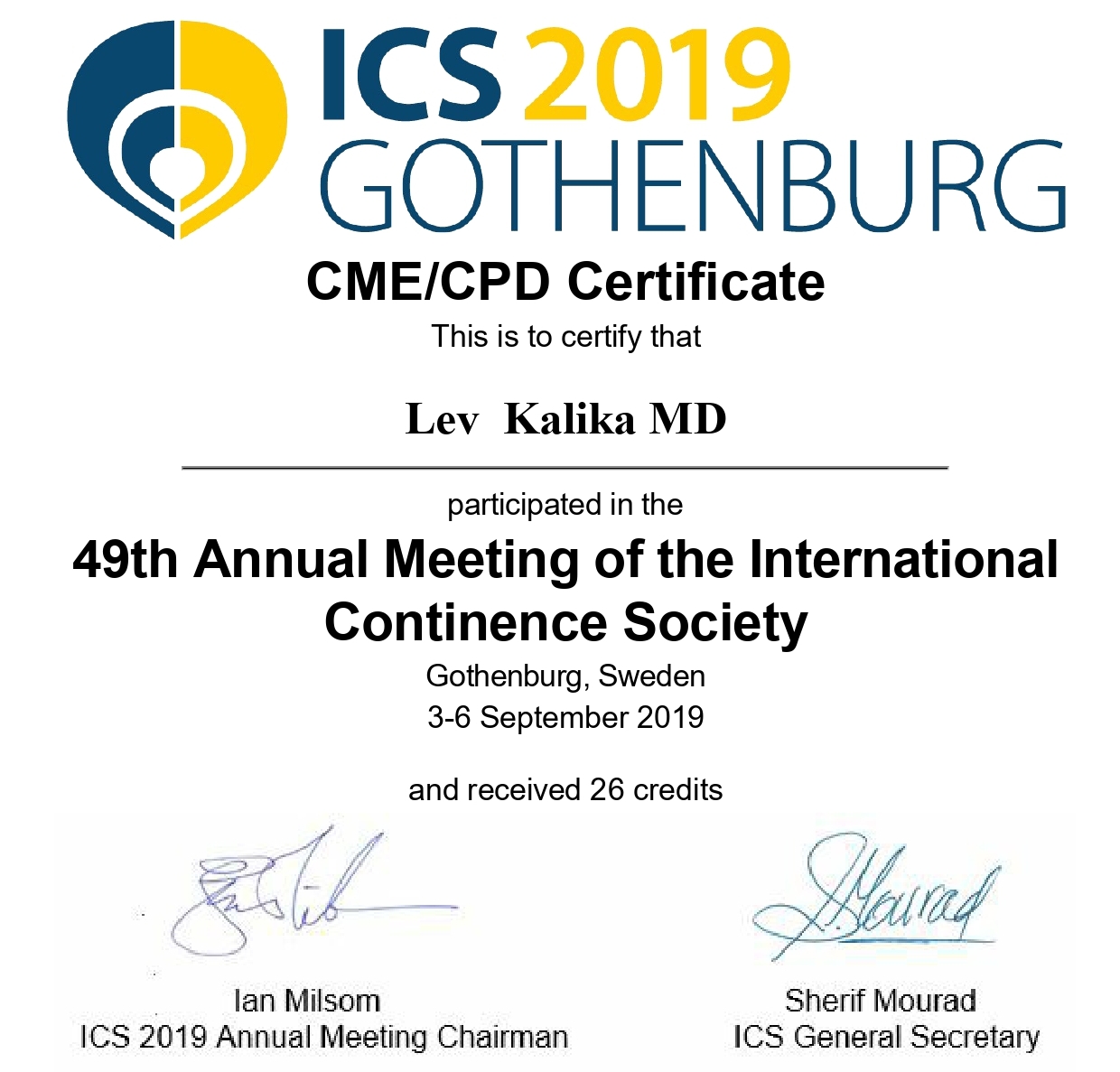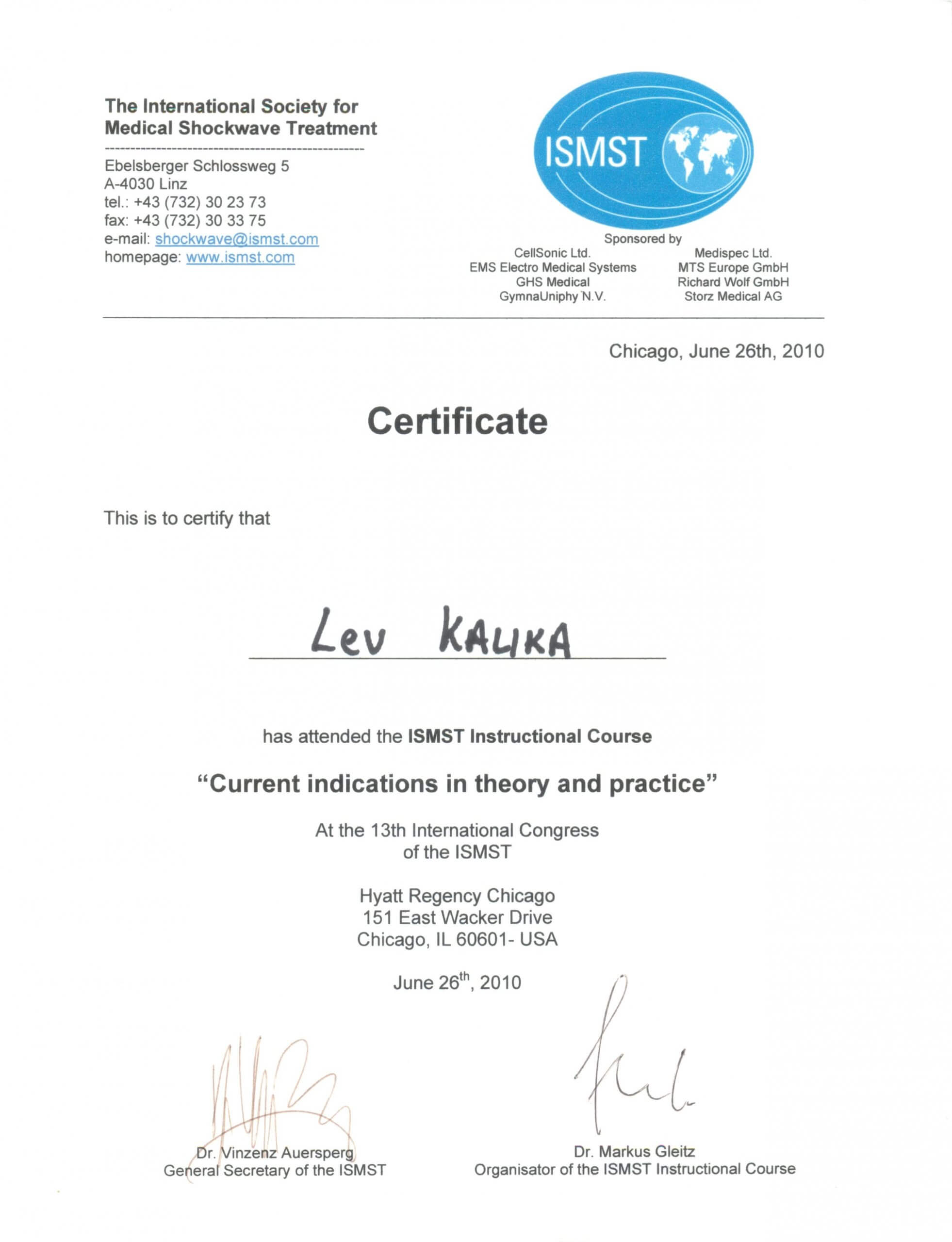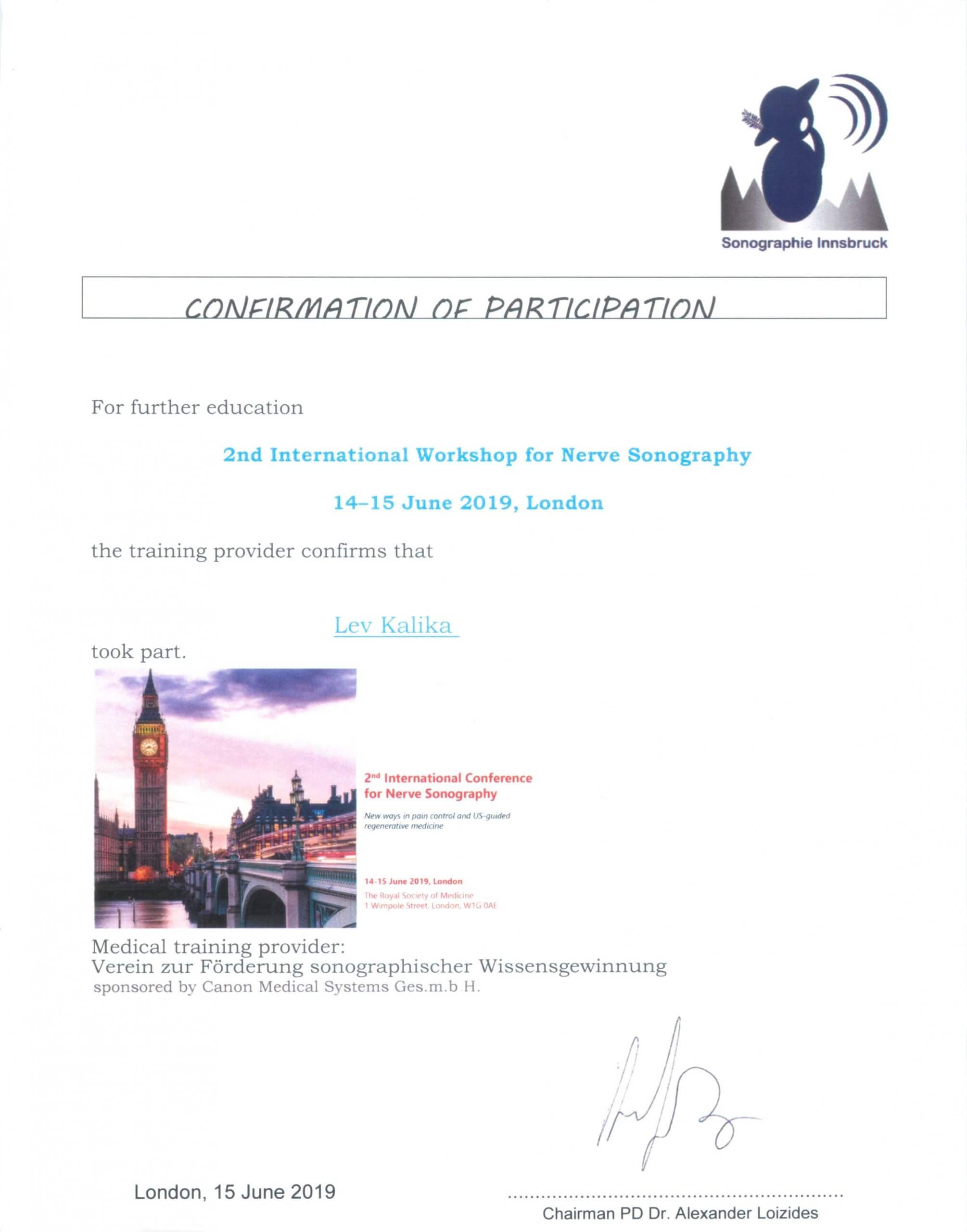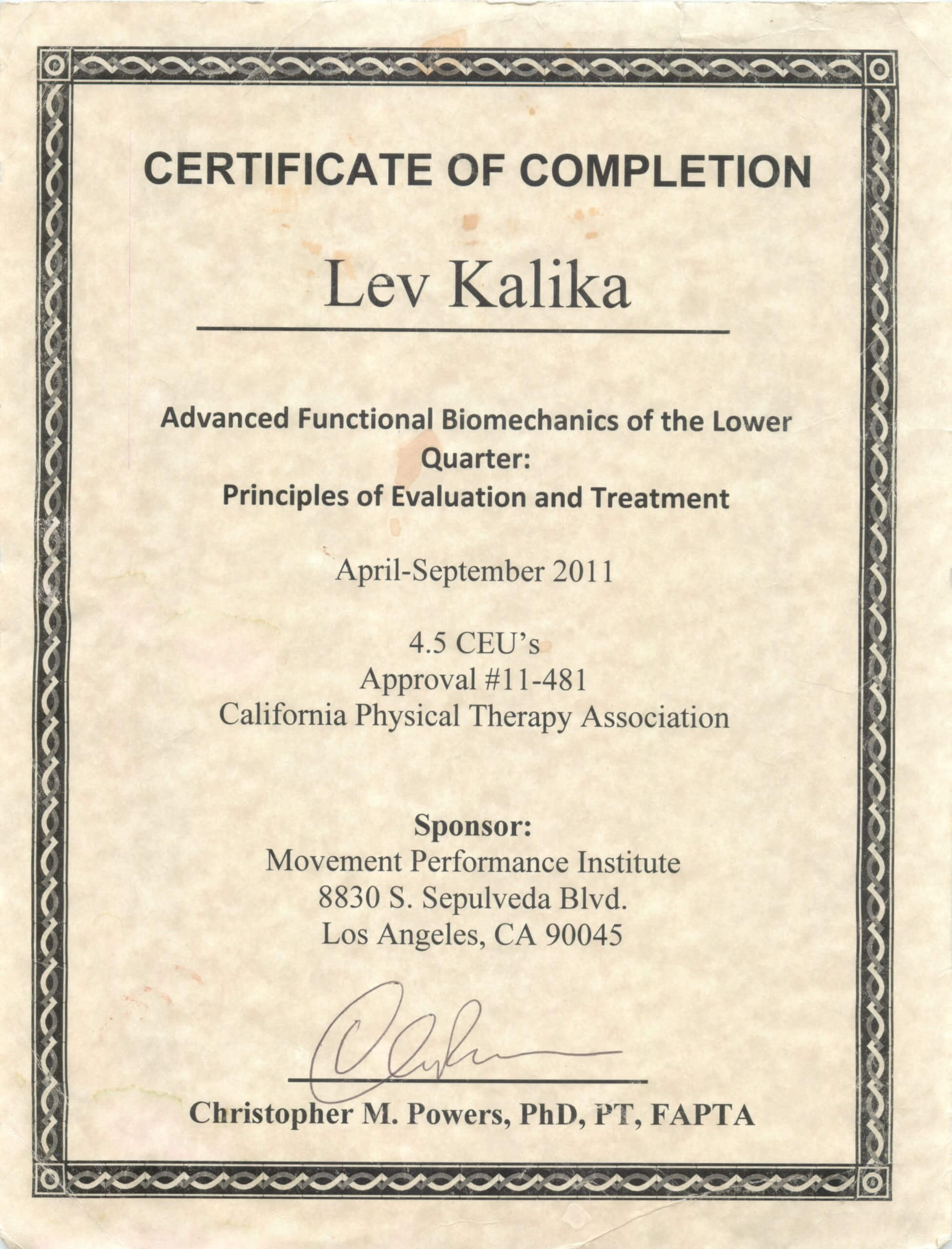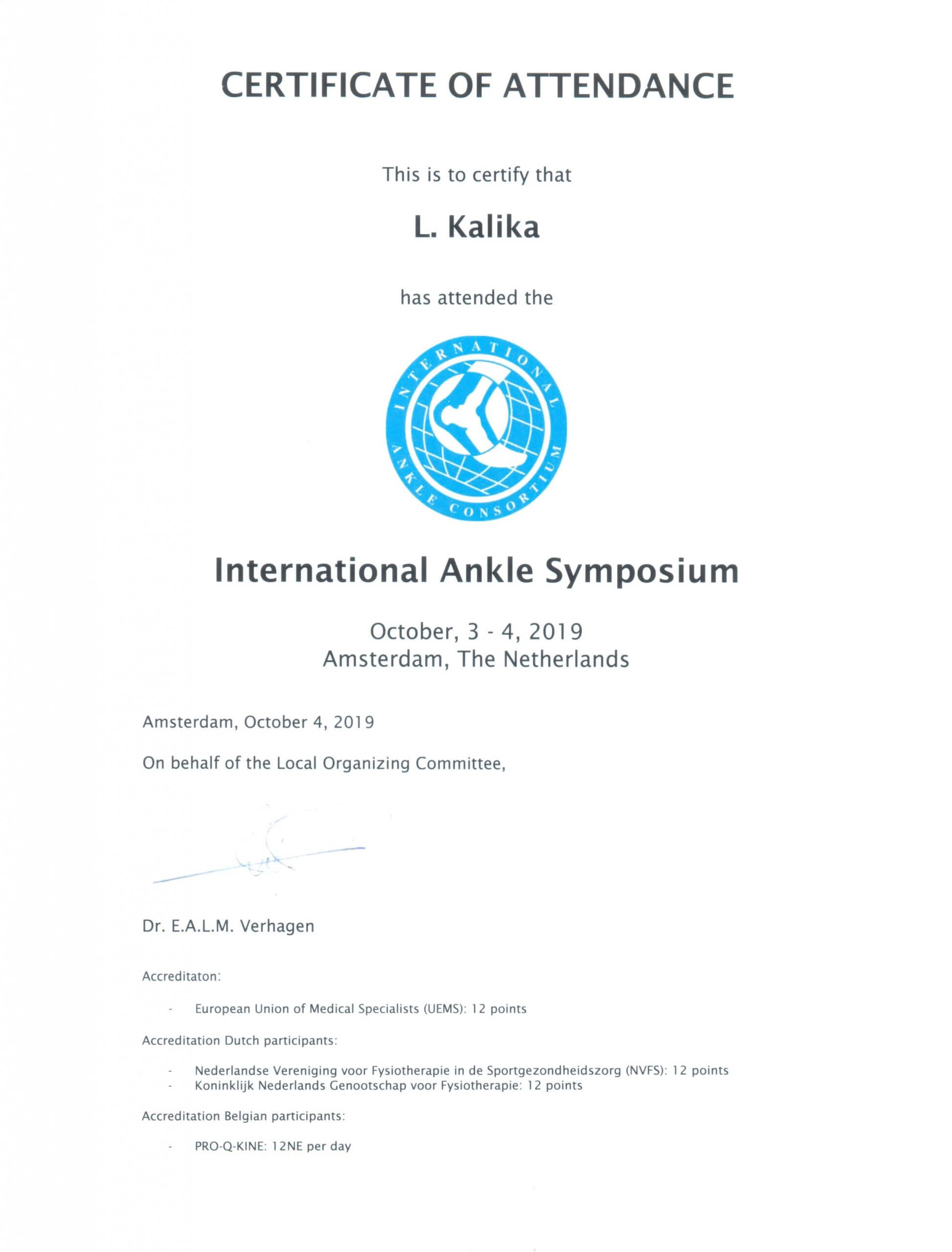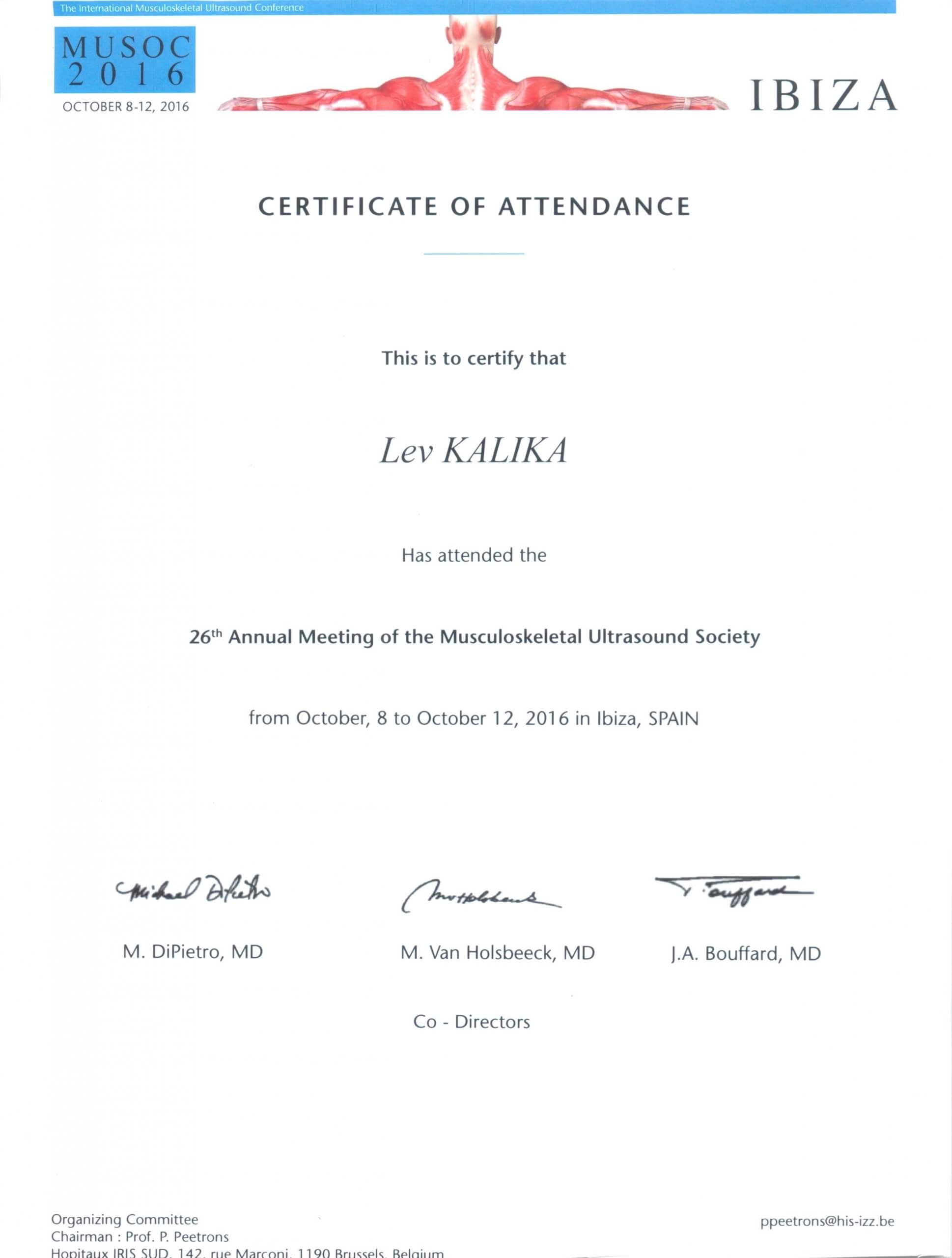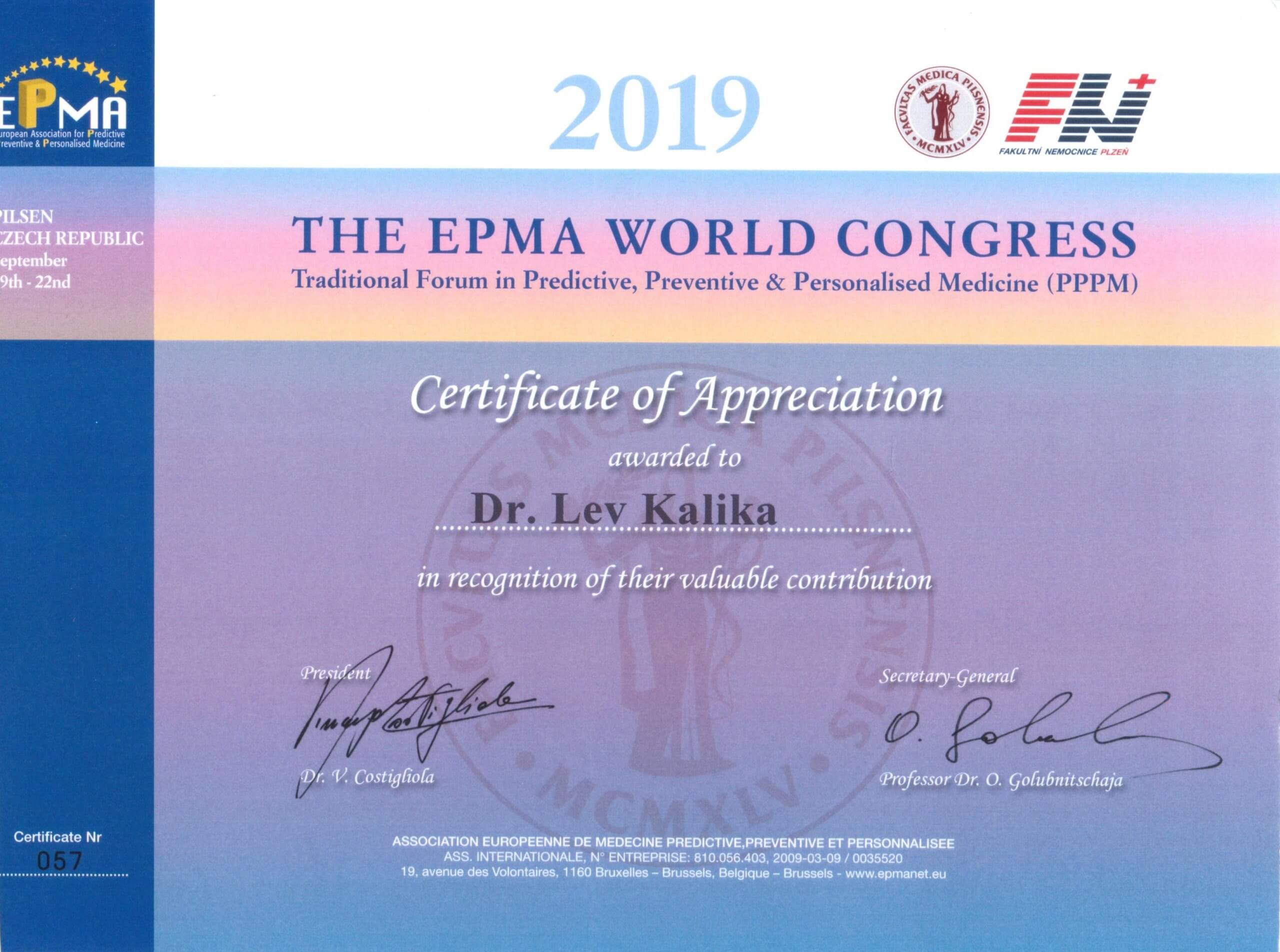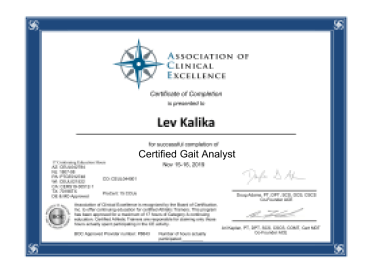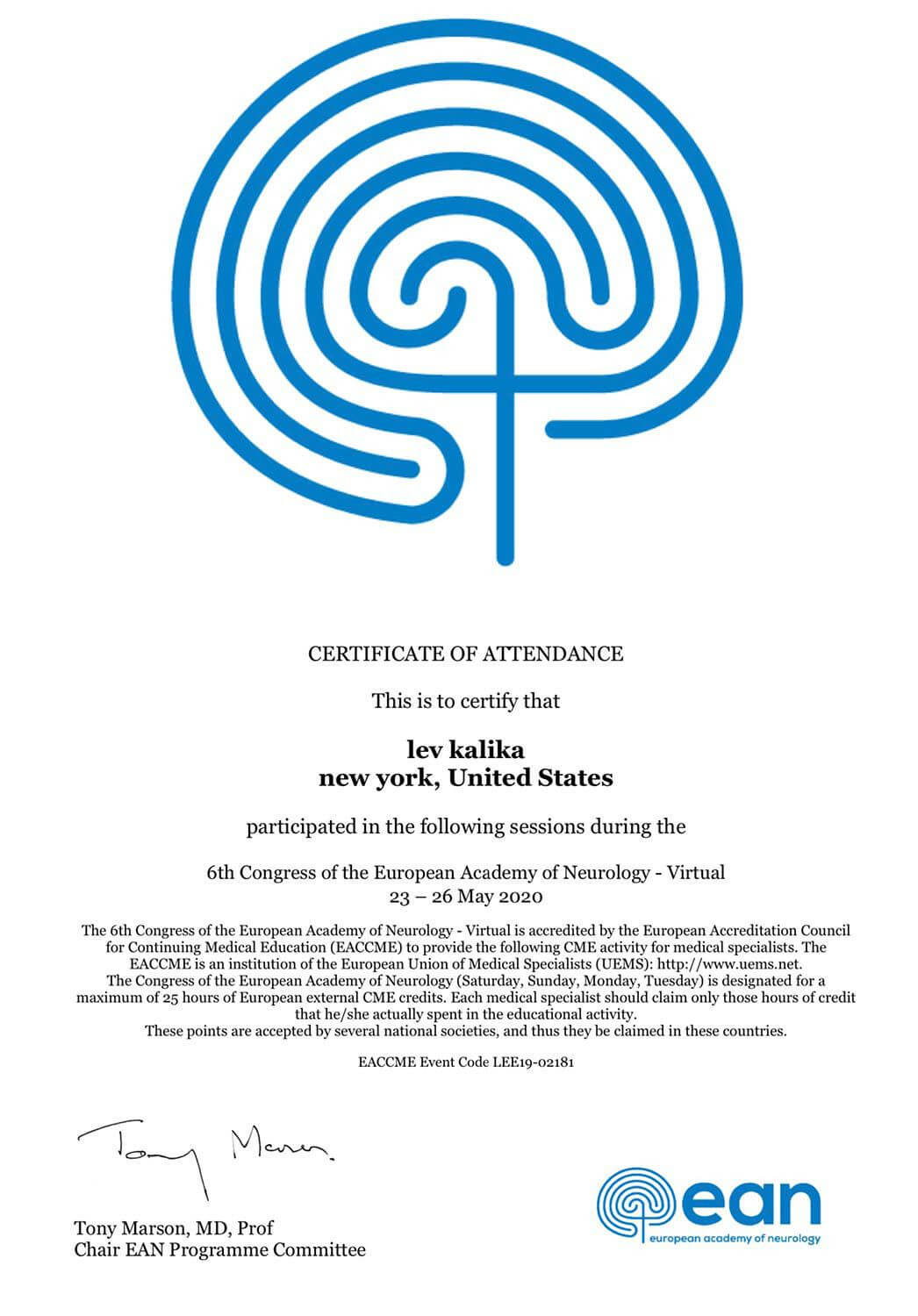After an ACL injury, most athletes who want to return to their pre-injury level of play are told that reconstructive surgery is their only option for full recovery. However, ACL reconstruction (ACLR) neither promotes normal knee function nor reduces the risk of re-injury. Without extensive rehabilitation after an ACL rupture, the athlete’s chance of competition-level recovery is practically nil.
The truth is, even with rehab, only about half of athletes who undergo ACLR successfully return to competitive play, and of those, up to 20% experience a second ACL injury within the first year. In addition, athletes who undergo ACLR have an increased risk of experiencing knee osteoarthritis at an early age.
Rehabilitation is key to recovery and return to play, but not all rehab programs are created equal. Many fail to address changes in kinematics after ACLR that affect motor control and alter force loads on muscles and connective tissue, increasing injury risk.
Risk factors for a second ACL injury are both biomechanical and neuromuscular, and include:
- Altered hip rotation in the non-injured leg
- Increased knee movement in the frontal plane during landing
- Asymmetries in knee movement at initial contact
- Reduced postural stability in the injured leg
Traditional approaches to ACL rehabilitation often fail to address and correct these motor deficits, reducing the athlete’s likelihood of returning to play at pre-injury levels of performance.
Motor learning is an essential component of rehabilitation after an ACL injury. Altered motor control and loading patterns must be identified and corrected through essential skills retraining. Motor learning is the acquisition of motor skills through practice that yields a permanent desirable change in performance.
When integrated, certain motor learning principles can successfully improve functional performance and support neuroplasticity to reduce the athlete’s risk of re-injury.
Key motor learning principles include:
- External focus of attention (EFA) During play, an athlete must be continually aware of activities in the surrounding environment. In traditional ACL rehab, the athlete focuses on training the muscles that surround and support the knee. The EFA approach directs the athlete’s attention to movements in the environment, which promotes automatic processes. The results are more efficient movement patterns and increased voluntary activation of the quadriceps.
- Implicit learning Rather than following explicit instructions provided by a trainer or therapist, implicit learning uses visual imagery to help the athlete “feel” each movement, prompting a more authentic and automatic motor response.
- Differential learning Every athlete is unique, with distinct individual strengths and limitations, By performing a variety of motor patterns, the athlete is able to find motor solutions that work best for them, within the context of their own limitations, skills and environment.
- Self-controlled learning Empowering the athlete with some control over exercises and feedback during rehabilitation can greatly facilitate motor learning by increasing motivation, engagement and enjoyment of the rehab process.
- Contextual interference Variable skills training involves practicing multiple skills in a random order. Interference during variable practice can lead to higher skills learning, yielding better retention and transfer performance.
Motor learning that prepares the athlete’s neuromuscular system for real-world playing scenarios is more likely to restore competition-level skills and reduce the athlete’s risk of re-injury.
The sports medicine lab at NYDNR is one of a few in the United States to feature C.A.R.E.N, our computer assisted rehabilitation environment.
C.A.R.E.N integrates innovative technology, virtual reality and the latest research-based training approaches to help each athlete regain the skills and confidence that are foundational to peak performance.
C.A.R.E.N gives us the ability to calculate knee joint loads and provide feedback in real time. C.A.R.E.N’s screen can project a 3D musculoskeletal model of the athlete’s body, with muscles lighting up as they are used, while muscle and joint function data are displayed on the screen, providing real-time feedback about imbalances and motor deficits.
C.A.R.E.N enables us to incorporate all 5 key motor learning principles, to support neuroplasticity, restore functional motor skills, and return each athlete to play with enhanced confidence and reduced risk of re-injury. With C.A.R.E.N, athletes can build motor skills in a virtual environment that mimics real-world playing conditions, giving them the best possible chance for complete recovery and return to play.
If you have a knee injury and want to return to competitive play, contact NYDNR today, and get back on the playing field with confidence.


